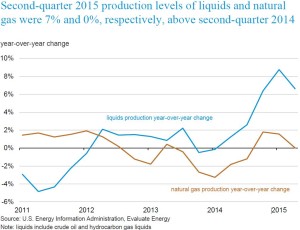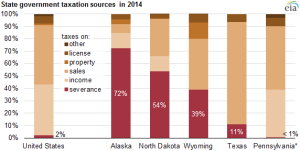I have written before about landowners’ efforts to collect damages for personal injury and property damage caused by nearby oil and gas exploration operations on the theory that such activities cause a nuisance. Nuisance is a recognized tort claim. To recover, a person must prove that (1) the person has an interest in land (2) the defendant interfered with or invaded the person’s interest in the land by conduct that was negligent, intentional, or abnormal and out of place in its surroundings, (3) the defendant’s conduct resulted in a condition that substantially interfered with the person’s use and enjoyment of his land, and (4) the nuisance caused injury to the plaintiff.
In the case decided by the court of appeals in San Antonio, Cerny v. Marathon Oil, the Cernys bought an acre of land with a residence on it in 2002. In 2012, Marathon began drilling wells in the area. Plains Exploration and Production also constructed production facilities in the area. Eventually, there were 22 well sites within 1 1/2 mile of the Cernys’ home. The Cernys hired experts, who measured chemicals in the air around their home and near oil and gas production sites in the area. The experts included an air quality expert, a forensic meteorologist, and a toxicologist.
The Cernys sued Marathon and Plains, alleging that the fumes, odors and dust from their facilities caused physical health symptoms and made their home uninhabitable. Marathon asked the trial court to dismiss the case, on the ground that the Cernys had no evidence that their facilities were the “proximate cause” of the Cernys’ alleged damages.





